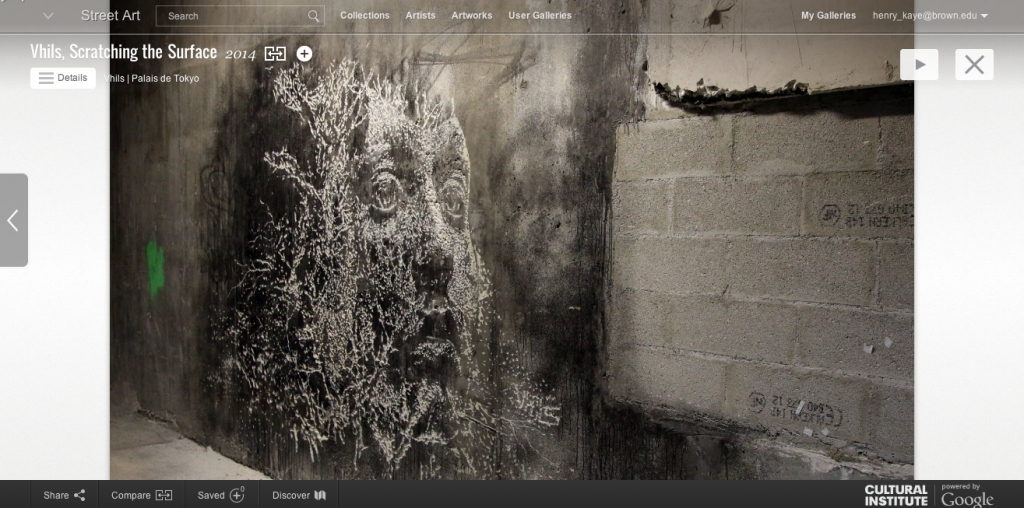
Screenshot from The Street Art Project
As we saw last November with the whitewashing of 5 Pointz, graffiti is transient. Through detailed documentation, on Tuesday Google launched an initiative to give this work a more stable place in history. The tech giant debuted their online gallery of street art, both to make works permanent and more digitally available. Called the Street Art Project, the virtual gallery includes images of more than 5,000 works from around the globe. This project is an addition to their larger initiative Google Art Project, in which viewers can virtually navigate museums and galleries from across the world.
This is yet another milestone in Google’s ongoing project to cram all recorded products of human ingenuity onto the cloud. Since starting the Google Cultural Institute, an online platform for virtual exhibitions and tours of all kinds, the company has featured content from the Babylon gates at the Staatliche Museen in Berlin to campy illustrations at the Norman Rockwell Museum in Massachusetts.
The Street Art Project is different, though. Because of graffiti’s subversive and often illegal nature, Google has had to go to great lengths to avoid legal woes. For example, Google will only show works that are contractually owned by a corporation or group. On top of this, Google only lets these owners take and upload images of the work; they do not fish through their own Street View images to find pictures of street art. In short, no work will end up on the site whose ownership and documentation hasn’t been meticulously considered.

Screenshot from The Street Art Project
All this sounds well and good from a legal standpoint, but what do the artists have to say?
In a statement to the the New York Times, well-known graffiti artist Shepard Fairey spoke in restrained support of the project: “I’ve always used my street art to democratize art, so it would be philosophically inconsistent for me to protest art democratization through Google.” However, other artists might not feel as welcoming. After all, Google’s project does seem to go against the internal logic of graffiti, which was used traditionally to rebel against ownership and authority. But it’s 2014: circulation might be more important than defiance.


{ 1 comment }
Google is a horrible monopolistic destroyer of value and pay for all artists, musicians, writers, filmmakers etc. They sell advertising to pirates. They are the ENEMY of the creative. GIve them nothing. You will never own it again if you do.
Comments on this entry are closed.